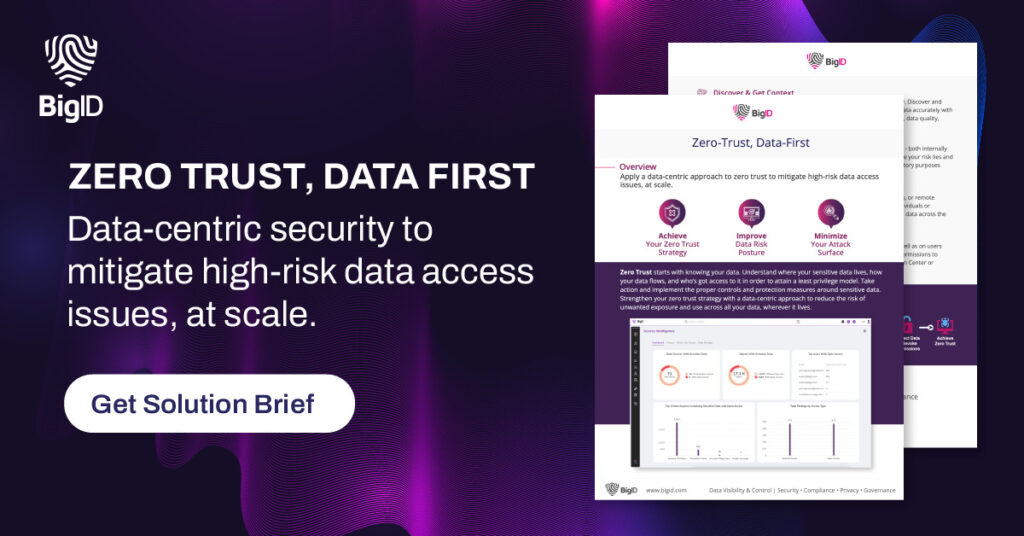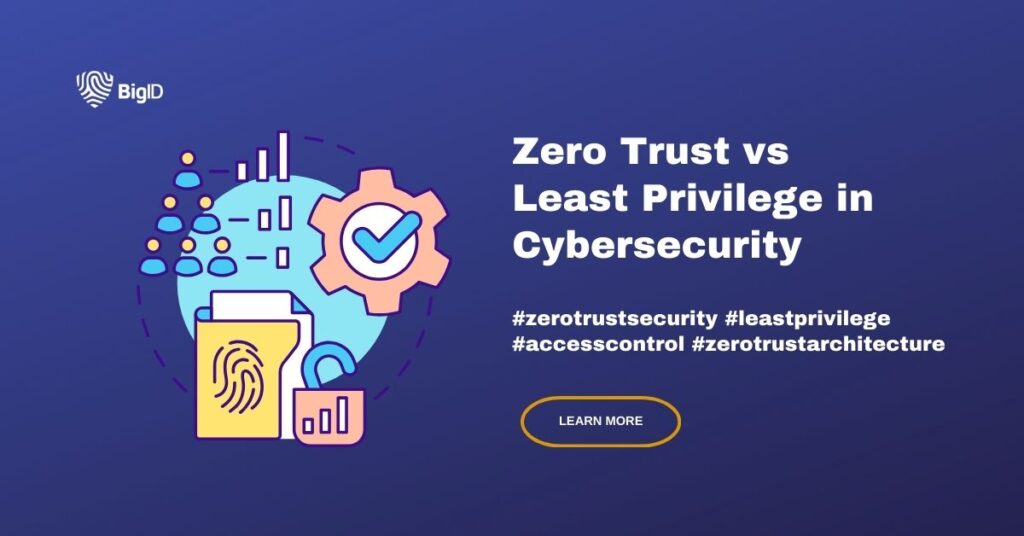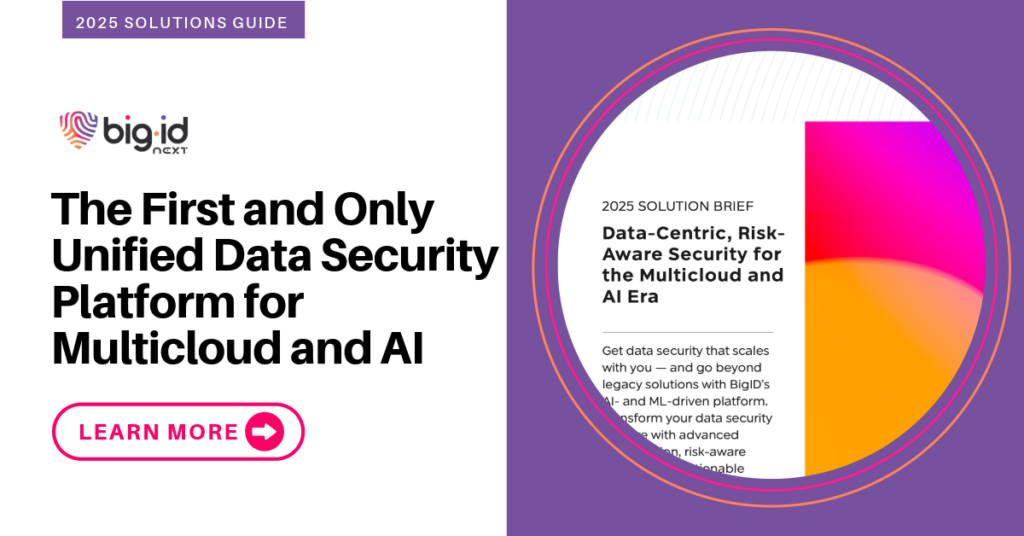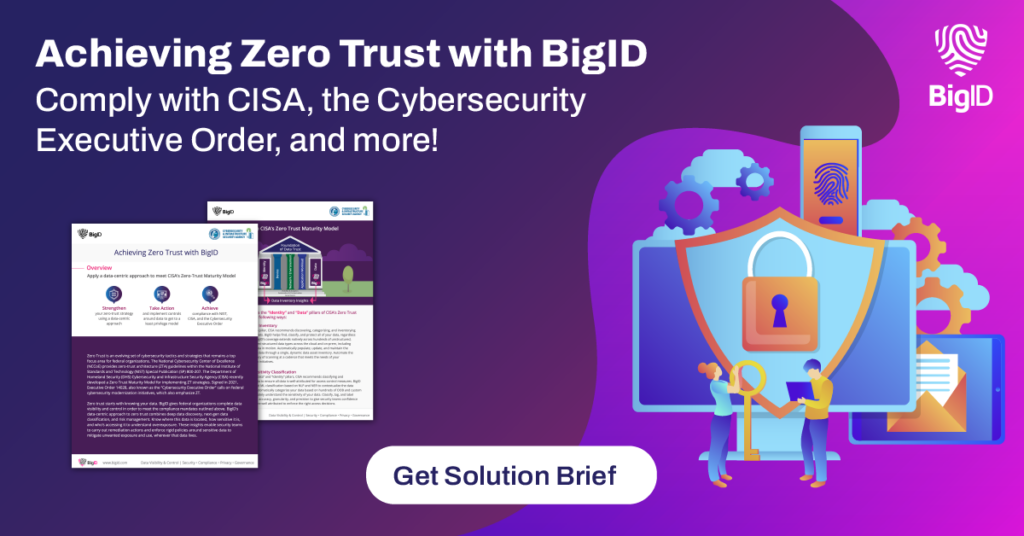Organizations must implement robust security frameworks in the face of an ever-increasing number of threats. Two prominent paradigms in cybersecurity are Zero-Trust and Least Privilege.
In this comprehensive guide about Zero Trust vs Least Privilege in identity and access management, we will delve into the intricacies of these frameworks, explore their differences and similarities, and weigh the benefits and challenges they present.
By the end of this blog, you will be equipped to make an informed decision about which framework best suits your organization’s needs.
What is Zero Trust?
The Zero Trust model, often abbreviated as ZT, is a security approach different from the traditional perimeter-based security model. It operates on the modern cybersecurity strategy of never trust, always verify.
In essence, a Zero-Trust security model assumes that threats may already exist within the network. It operates on the premise that threats are not just external adversaries trying to infiltrate your network; they could very well be lurking within, disguised as seemingly benign entities.
Therefore, no entity, whether a user or a device, can be automatically trusted. Instead, zero-trust concepts require constant verification, authentication, and authorization before granting users access to resources.
This fundamental shift in mindset challenges the traditional notion that once a user or device gains remote access to your network, they can be implicitly trusted to move freely within it. In the world of Zero Trust, implicit trust is a currency that must be earned anew with every interaction and zero trust network access request.
How to Implement Zero Trust
Imagine your network as a fortified castle, and each user or device as a traveler seeking entry. In the past, once a traveler passed through the castle gates, they were often allowed to roam freely within the walls. However, this can no longer be the case in the Zero Trust era.
Now, every traveler must be scrutinized at the gate, regardless of how familiar they may appear. Zero Trust mandates that each user and device be subjected to constant authentication, authorization, and verification (AAV) before being granted access points to the castle’s inner sanctum—your valuable digital resources.
Authentication checks that the traveler is indeed who they claim to be. The process would employ multi-factor authentication (MFA) to add layers of identity confirmation.
Authorization determines what areas of the castle the traveler can enter based on their role and need-to-know information. Verification continuously monitors the traveler’s behavior and ensures that their actions align with their permissions and the castle’s security policies.
Zero Trust, therefore, is not merely a set of security tools or protocols; it’s a holistic security philosophy that permeates every aspect of your organization’s digital environment. It compels organizations to reevaluate their security posture from the ground up.

What is the Principle of Least Privilege?
The Least-Privilege Principle, also known as the principle of least privilege (POLP), is another critical security concept. It is centered on the idea that users, applications, and systems should be granted the minimum level of access or authorizations required to perform their tasks.
In other words, it promotes a “need-to-know” and “need-to-use” approach to minimize potential attack surfaces by restricting unnecessary access.
Visualizing the Least Privilege Principle
Imagine your organization’s digital ecosystem as a highly intricate network of doors, each leading to a different room containing valuable assets and sensitive information.
In the world of Least Privilege, every user, application, or system represents an individual equipped with a set of keys. However, these keys are not master keys that unlock every door; they are tailored to open only the doors necessary for their specific roles and responsibilities.
This careful allocation of keys is the essence of the Least Privilege philosophy.
By adhering to the principle of Least Privilege, an organization systematically reduces its attack surface, which is the sum total of all potential points of entry for malicious actors. This reduction is achieved by restricting unnecessary access, which minimizes the avenues through which attackers can infiltrate the system and limits their scope of potential damage if they do get inside.
Consider a user within an organization who, for instance, primarily handles financial data. Under the Least-Privilege paradigm, this user is granted access solely to the financial databases and related applications required for their tasks. They are not authorized to access other areas of the network, such as HR or marketing databases, as these are unrelated to their job function.
Consequently, even if this user’s credentials were compromised, the potential harm to the organization would be mitigated due to the limited scope of their access.
Components Used for Least-Privilege Access
Implementing the least-privilege principle requires various components, each contributing to an organization’s overall security posture. These components work together to ensure that users, applications, and systems only have the access they need to fulfill their specific roles. Let’s delve deeper into these critical components:
User Roles and Permissions
User roles and consents form the cornerstone of the least-privilege approach. They involve categorizing users based on job responsibilities and assigning specific approvals accordingly.
For example, an HR manager may have clearance to access and modify employee records but should not have access to financial data.
Establishing clear, well-defined roles and consents is essential for aligning access privileges with job requirements, preventing over-privileged users, and reducing the risk of accidental or intentional security breach.
Access Control Lists (ACLs)
Access control lists specify and enforce access rights on specific resources within a network or system. These lists define who can view particular resources and what actions they can perform once access is granted.
ACLs act as gatekeepers, allowing only authorized entities to interact with sensitive data or applications while denying access to unauthorized parties. They provide granular control over resource access, which is crucial for adhering to the principle of least privilege.
Privilege Escalation Controls
Privilege escalation occurs when a user attempts to gain access to higher-level authorities than initially assigned, potentially exploiting vulnerabilities within the system. Privilege escalation controls are mechanisms designed to prevent unauthorized elevation of user privileges.
These controls are vital to maintaining the integrity of the least-privilege model. Privilege escalation control techniques include additional authentication requirements for privilege elevation or employing role-based access control (RBAC) to manage privilege levels more rigorously
Audit and Monitoring
Regular auditing and monitoring help keep the least-privilege principle effective over time. The process tracks and analyzes user activities, authorities, and access patterns.
By scrutinizing logs and reports, organizations can identify anomalies, detect unauthorized attempts to access data, and assess compliance with security policies. This proactive approach enables timely intervention to reduce the risk of data breaches and keep access in line with the principle of least privilege.
Differences Between Least-Privilege and Zero Trust Security Models
As organizations navigate the complex cybersecurity landscape, it’s crucial to understand the distinct differences between two prominent security paradigms: Least-Privilege and Zero Trust.
While both share the overarching goal of enhancing security, they diverge significantly in their scope, approach, granularity, impact on user experience, and implementation methodologies:
Scope
Zero Trust casts a wide net over the entire network architecture. It challenges the conventional notion of perimeter-based security and operates on the principle of “never trust, always verify.” No entity, whether internal or external, is automatically trusted. The focus here is on securing the entire network environment against threats that may already exist within.
In contrast, Least-Privilege primarily focuses on control rights and clearances for individual users and applications. Its scope is more specific, centering on the principle that entities should only have the minimum necessary access to perform their functions.
Approach
Zero Trust takes a proactive approach by continuously verifying the identity and trustworthiness of entities and the legitimacy of their actions. It emphasizes strict access restriction, network segmentation, and micro-segmentation to ensure that even trusted entities are monitored and verified in real time.
Meanwhile, Least-Privilege operates on a need-to-know and need-to-use approach. It limits access to resources based on necessity. It doesn’t involve continuous verification in the same way as Zero Trust but focuses on defining and enforcing access permissions upfront.
Granularity
While Zero Trust can be granular in its approach, it often operates at a broader level, concentrating on network segments, devices, and identity verification.
Least-Privilege, on the other hand, is inherently more granular and restricts access on a per-resource or per-action basis. It involves fine-grained access controls that ensure users or applications have only the specific authorizations required for their tasks.
User Experience
Zero-Trust aims to provide a seamless user experience by minimizing disruptions while continuously verifying the legitimacy of actions. Its stringent security measures work transparently in the background, so users may not even notice them.
In contrast, Least-Privilege methods can occasionally inconvenience users, particularly when they encounter access restrictions. Users may face hurdles in accessing certain resources, which can impact productivity. Balancing security and usability is a challenge in the Least-Privilege approach.
Implementation
Implementing Zero-Trust often involves significant changes to network security architecture, including network segmentation and the deployment of identity verification mechanisms. It requires a holistic reevaluation of the entire security infrastructure.
Least privilege is typically implemented through restrictive controls, user management, and authorization assignment. It is often more straightforward to implement within existing network architectures, as it doesn’t require the same level of architectural overhaul as Zero-Trust.
Similarities Between Zero Trust Access and the Principle of Least Privilege
While Zero-Trust and Least-Privilege are two different approaches, they are similar in several crucial aspects:
Enhanced Security
Both Zero-Trust and Least-Privilege bolster an organization’s security posture. Adherence to these frameworks drastically reduces an organization’s attack surface to minimize potential entry points and pathways for attackers. This makes it considerably more challenging for malicious actors to breach the security perimeter.
Risk Reduction
The core mission of both Zero-Trust and Least-Privilege is to reduce risk. They target separate aspects of security risks but share the overarching goal of reducing vulnerabilities and their exploitation. Zero-Trust’s continuous verification mechanisms limit opportunities for lateral movement within the network, while Least-Privilege prevents escalated privilege and access.
Compliance
Both frameworks facilitate regulatory compliance efforts. They are designed to enforce strict controls, monitor user activities, and maintain a comprehensive audit trail. This audit trail helps demonstrate adherence to various compliance requirements so organizations can confidently meet their legal and regulatory obligations.
Continuous Monitoring
Zero-Trust and Least-Privilege both place a premium on continuous monitoring and verification. In a dynamic threat landscape, there’s an increased need for real-time insights into user activities and resource access.
Continuous monitoring enables prompt detection of anomalous behavior or unauthorized access and allows organizations to adapt swiftly to emerging threats.
Adaptability
Flexibility is a shared attribute of both frameworks. They are not one-size-fits-all solutions but rather adaptable methodologies that can be tailored to specific needs and circumstances.
Zero-Trust and Least-Privilege can be customized to meet the unique needs of organizations in regulated industries or facing specific security challenges.
-Manage Insider Risk With Zero Trust (Forrester)
Benefits and Challenges of Zero-Trust
Benefits
Improved Security Posture
Zero-Trust provides a robust defense against internal and external threats by assuming that trust can’t be established without verification.
Adaptive Access
It allows for dynamic adjustments of access rights based on real-time risk assessments, enhancing security without impeding productivity.
Micro-Segmentation
Zero-Trust facilitates network segmentation, reducing lateral movement possibilities for attackers.
Enhanced Compliance
Organizations adopting Zero-Trust often find it easier to comply with regulatory requirements due to stringent access controls.
Challenges
Complex Implementation
Implementing Zero-Trust can be complex, requiring changes to network architecture and user behavior.
User Experience
Excessive verification checks can lead to user frustration and decreased productivity.
Resource Intensive
Continuous monitoring and verification can strain network resources and infrastructure.
Initial Costs
The initial setup and implementation costs of Zero-Trust can be substantial.
Benefits and Challenges of Least Privilege
Benefits
Reduced Attack Surface
Least-Privilege significantly reduces the attack surface by limiting access to essential functions and data.
Prevents Privilege Escalation
It mitigates the risk of privilege escalation attacks by granting only the minimum required authorizations.
Enhanced Accountability
By restricting access, it becomes easier to track and attribute actions to specific users.
Resource Protection
Critical resources and data are safeguarded from unauthorized access or misuse.
Challenges
Complexity
Implementing least-privilege access can be complex, especially in large organizations with numerous users and systems.
User Resistance
Users may resist restrictions on their access, leading to potential pushback and decreased productivity.
Administrative Overhead
Managing and maintaining controls and permissions can be resource-intensive for IT teams.
Risk of Misconfigurations
Misconfigurations in access control lists can inadvertently grant excessive access or cause disruptions.
Zero Trust vs Least Privilege and How to Choose Between Them
While distinct in their approaches, least privilege access and zero-trust share a fundamental commitment to enhancing cybersecurity on several critical fronts. They unite in their overarching aim to bolster security by reducing the attack surface and enforcing rigorous access controls.
This alignment equips organizations with robust defenses against unauthorized access, privilege abuse, and lateral movement by potential attackers within the network.
Most notably, Zero-Trust and Least-Privilege exhibit adaptability. They enable organizations to customize their security strategies based on their specific needs, whether in a heavily regulated industry or facing unique security challenges.
BigID for Zero Trust and Least Privilege Access
Your data, your most valuable asset, is the prime target for adversaries. The journey to implementing a least privilege model and establishing a robust zero trust architecture begins with comprehensive data awareness. This is where BigID steps in, offering organizations complete data visibility and control, paving the way to a least privilege model. BigID’s data-centric zero trust approach seamlessly blends deep data discovery, advanced data classification, and risk management.
Gain insights into data location, sensitivity, and user access, identifying potential overexposure and excessive privileges. BigID enables automated remediation on datasets, sources, files, users, and groups. Swiftly address violations and revoke file access rights and permissions to safeguard sensitive or critical data. These invaluable insights empower security teams to define and enforce stringent policies to limit access to sensitive data, mitigating unwanted exposure and misuse throughout the entire data lifecycle.
For more information, download the Zero Trust, Data First solution brief here.




